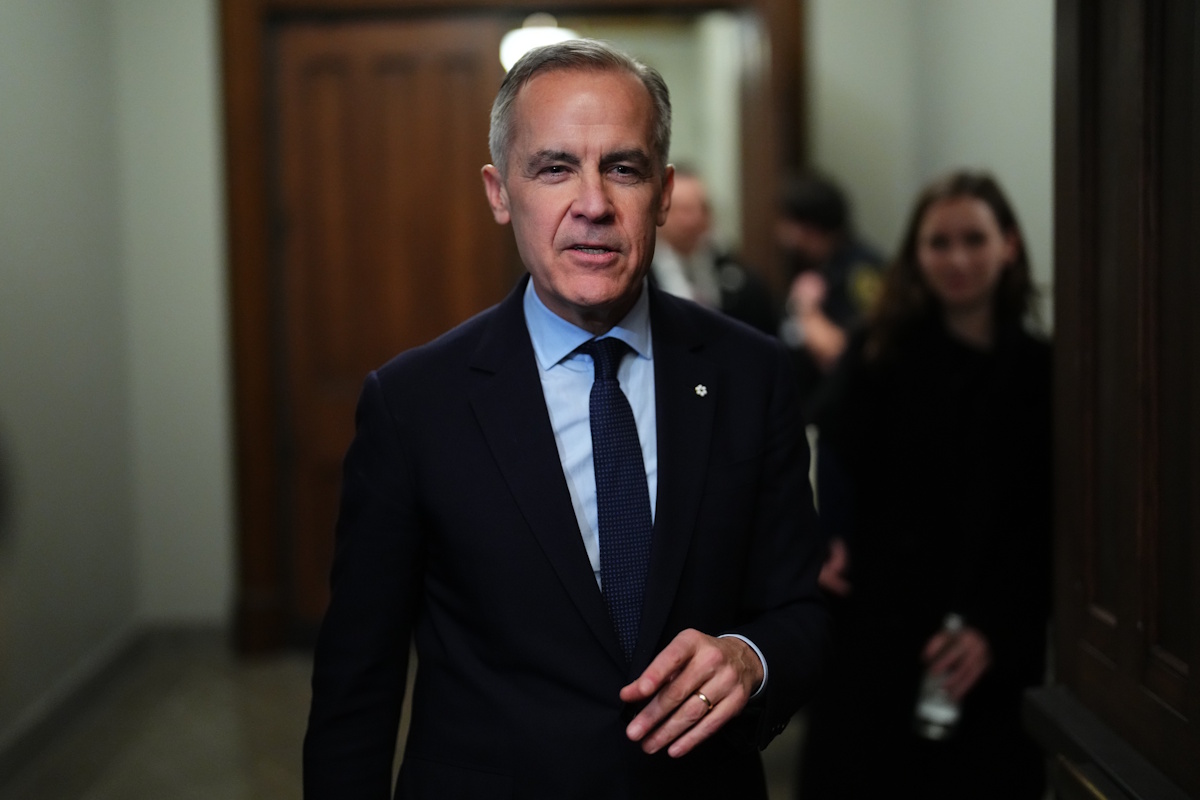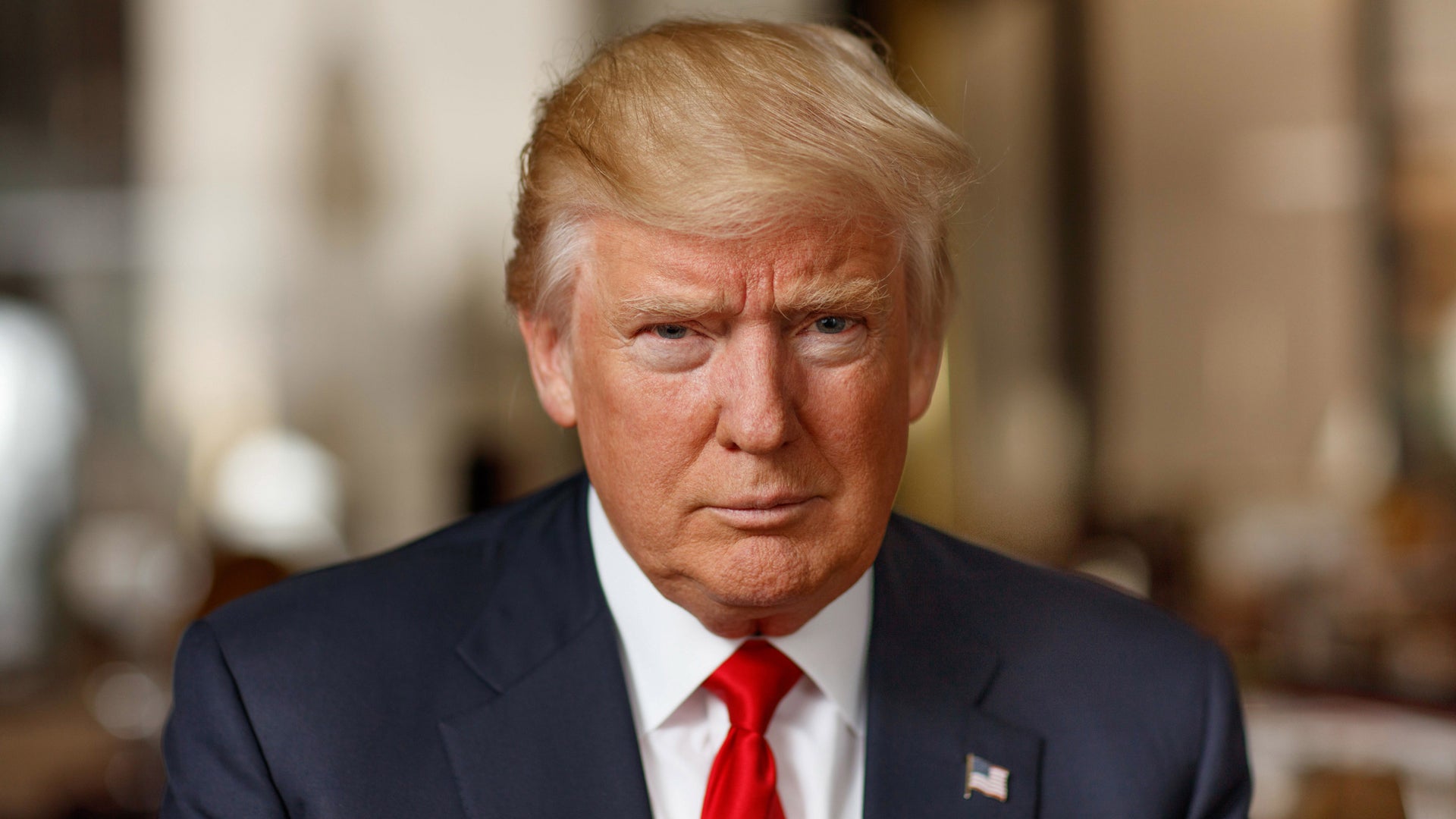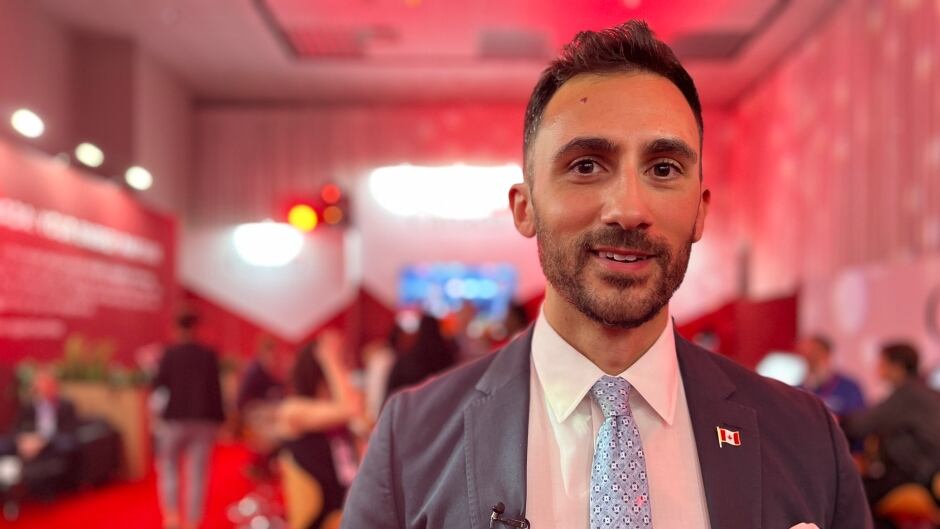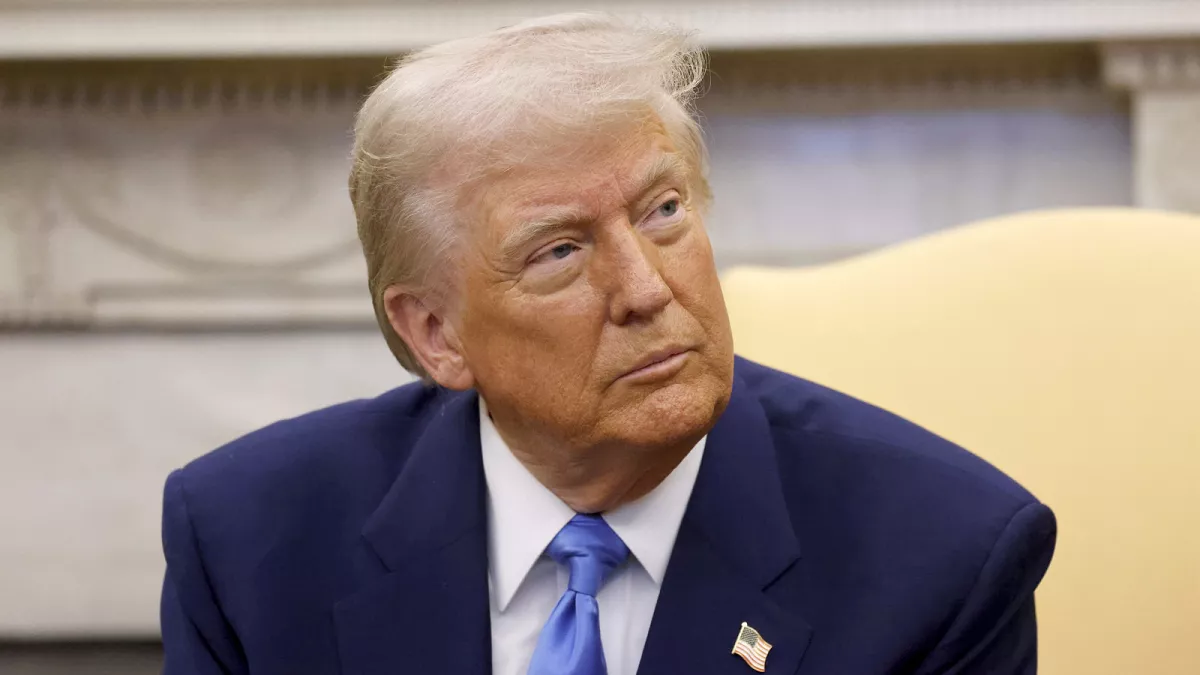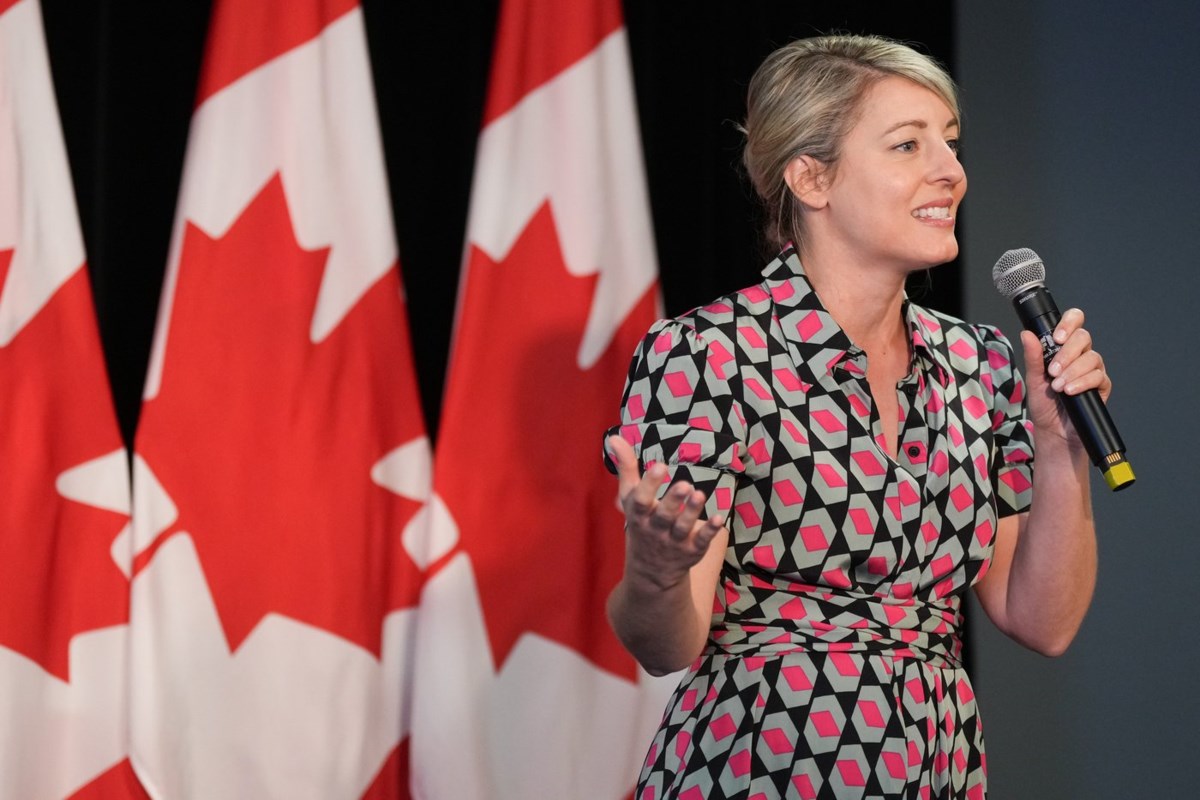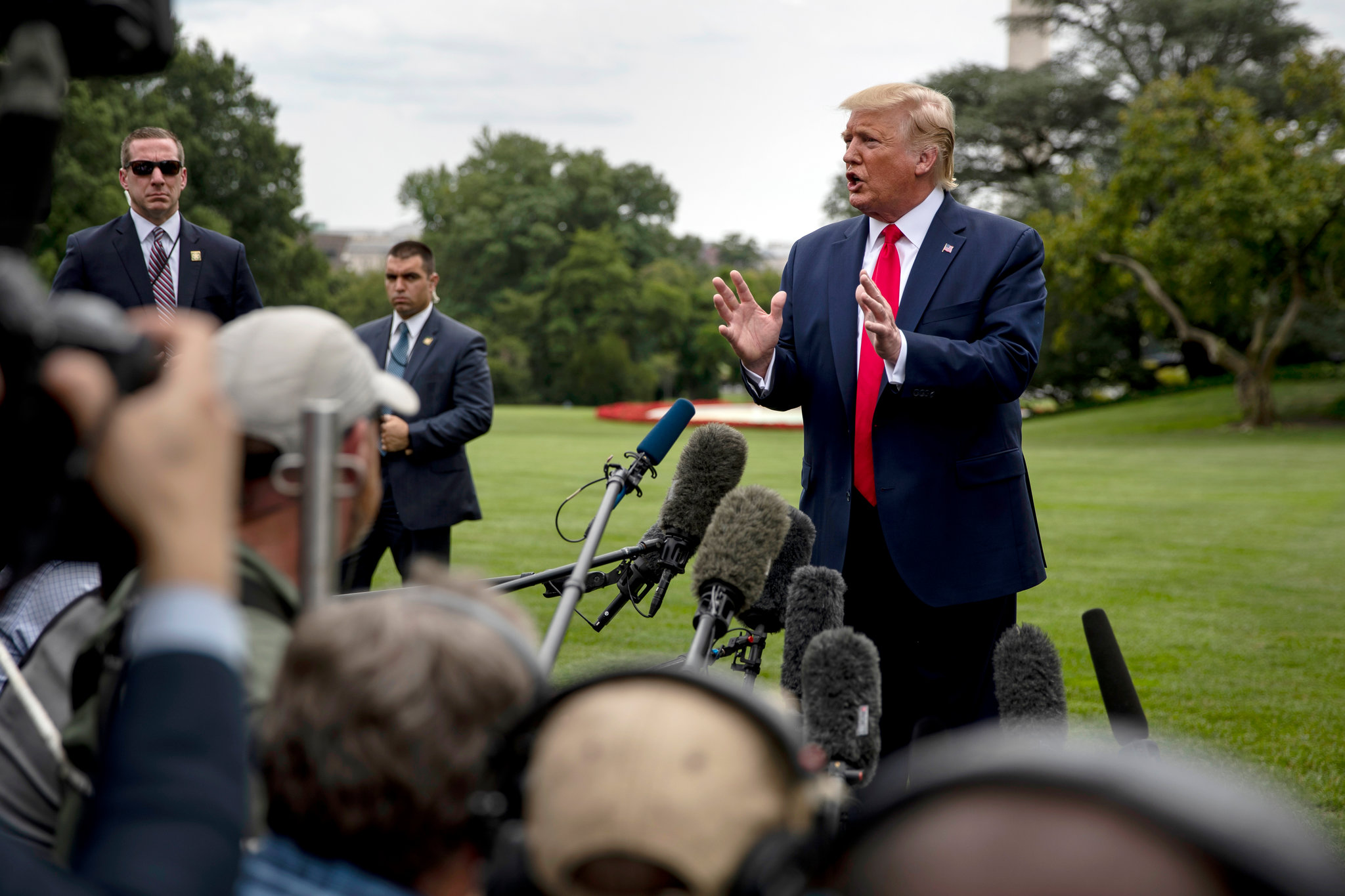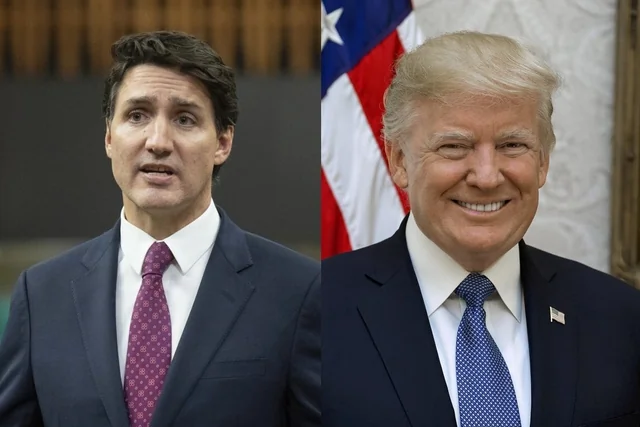Mark Carney, leader of the Liberal Party, is hoping to be sworn in as Canada’s 24th prime minister by the end of the week. However, certain logistical obstacles, such as security clearances for key members of his transition team, need to be addressed before this can happen.
Carney secured a decisive victory on Sunday, taking leadership of the Liberals from Justin Trudeau. Despite this, he has not yet assumed the role of prime minister. Carney is already preparing for his upcoming responsibilities, having met with the Liberal caucus on Monday and held discussions with U.S. Ambassador to Canada Kirsten Hillman and Chief of Defence Staff Jennie Carignan on Tuesday.
However, his swearing-in ceremony at Rideau Hall has yet to be scheduled. Carney has indicated that he will refrain from engaging in formal talks with U.S. President Donald Trump about tariffs until after his official swearing-in.
Carney’s spokespersons have expressed hope that the ceremony will take place before the end of the week.
Transition Discussions Underway
A senior aide within Trudeau’s office shared that several operational aspects of the transition are now beginning to take shape. The source, who spoke on the condition of anonymity, revealed that Marco Mendicino, a Toronto MP and former cabinet minister chosen by Carney to lead his transition team, met with existing staff from Trudeau’s office on Tuesday afternoon for the first time since the leadership convention.
This meeting marks the first formal discussion between Carney’s transition team and Trudeau’s office since Carney’s leadership win. The PMO employs more than 100 individuals, including senior political advisers and staff managing appointments, travel, and issues.
Caretaker Mode in the PMO
During Tuesday’s meeting, Cyndi Jenkins, a former chief of staff to Health Minister Mark Holland, who is now assisting Mendicino, was present. The transition team is approaching the handover as a new administration, despite the shared party affiliation. This has led to preparations by Trudeau’s staff, who have been packing up offices, removing personal items, and archiving documents in anticipation of Carney’s leadership.
While the transition process is in full swing, Trudeau’s staff is now in a waiting phase, with expectations that many of them will remain in place during the caretaker mode of the incoming administration, especially with an election expected soon. Replacing staff at this stage would be challenging due to time constraints.
Additionally, obtaining the necessary security clearances for Carney’s new team members could take up to two weeks or more, further delaying certain actions.
Election on the Horizon
Carney is widely anticipated to call an election before Parliament resumes on March 24, but he cannot do so until after his official swearing-in.
Carney Weighs In on Tariffs
Though Carney has not participated in any formal tariff discussions, he did express his stance on social media after U.S. President Donald Trump announced plans to increase steel and aluminum tariffs. Initially, Trump sought to double the tariffs to 50 percent, a move he later reversed back to 25 percent. Carney criticized the increase as “an attack on Canadian workers, families, and businesses.”
“My government will ensure our response has maximum impact in the U.S. and minimal impact here in Canada, while supporting the workers impacted,” Carney stated. “We will maintain our tariffs until the Americans show us respect and make credible, reliable commitments to free and fair trade.”
No Direct Communication Between Trump and Carney Yet
During a White House press briefing, Trump’s press secretary, Karoline Leavitt, stated that while Trump has not yet spoken with Carney, his phone is always available for world leaders seeking communication.
Carney’s Meetings and Future Plans
In addition to his discussions with U.S. representatives, Carney also met with Kevin Brosseau, the former RCMP officer appointed by Trudeau to lead Canada’s efforts to combat fentanyl smuggling into the U.S. Trump has often cited fentanyl and migration issues as justification for tariffs against Canada, despite evidence showing minimal illegal border crossings of these types.
Following his meeting with Carignan, Carney outlined several of his government’s future priorities, including meeting the NATO defense spending target of two percent by 2030, modernizing NORAD, and strengthening Canada’s presence in the Arctic.

